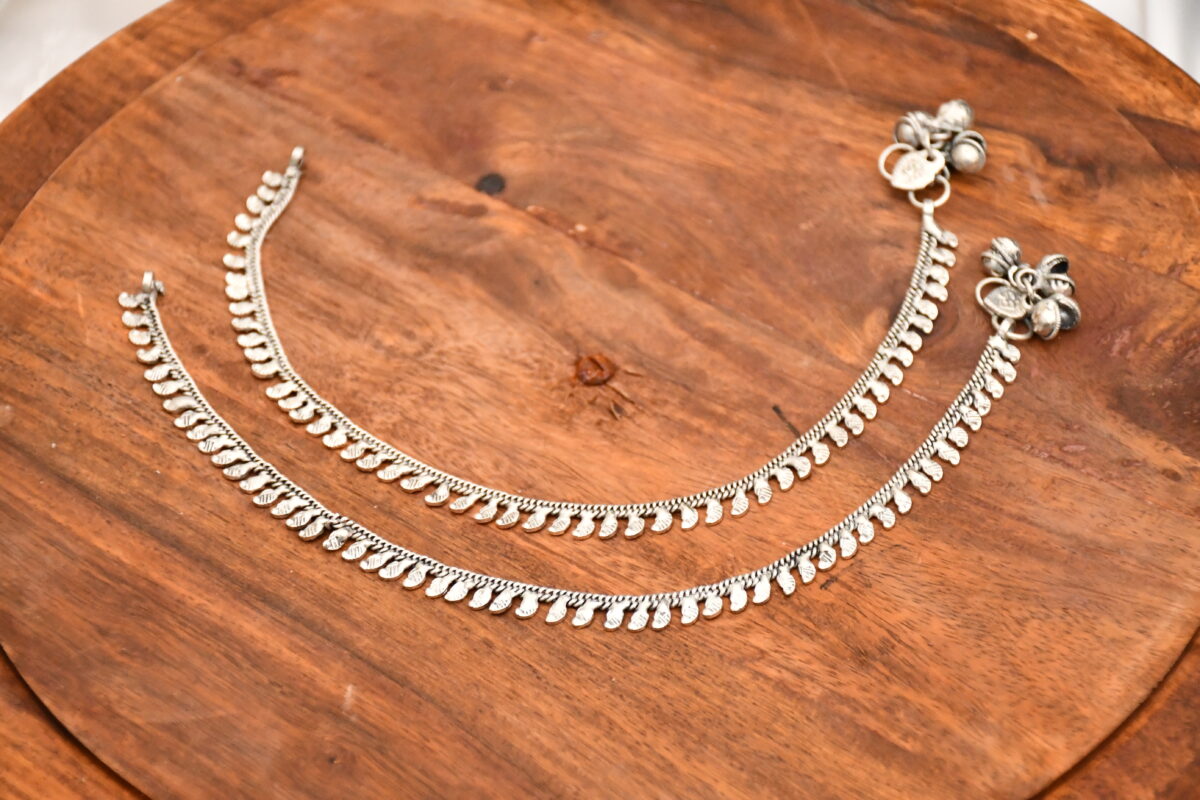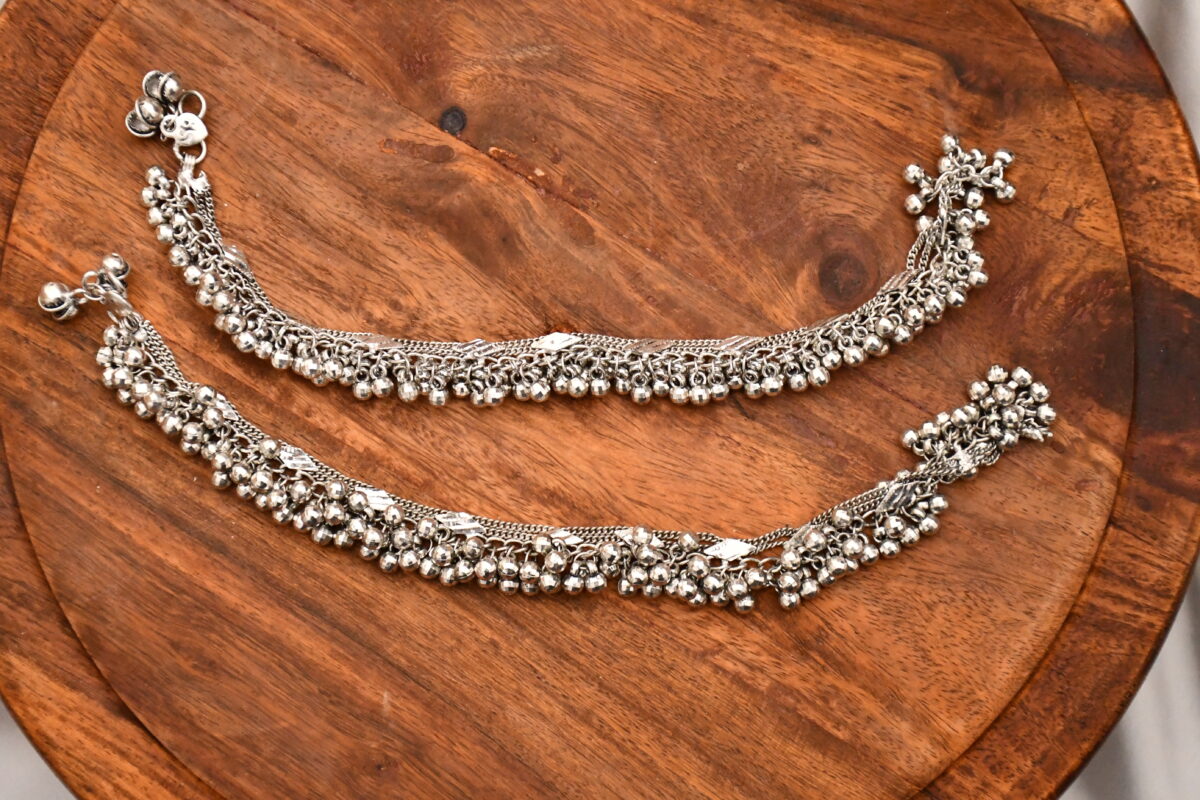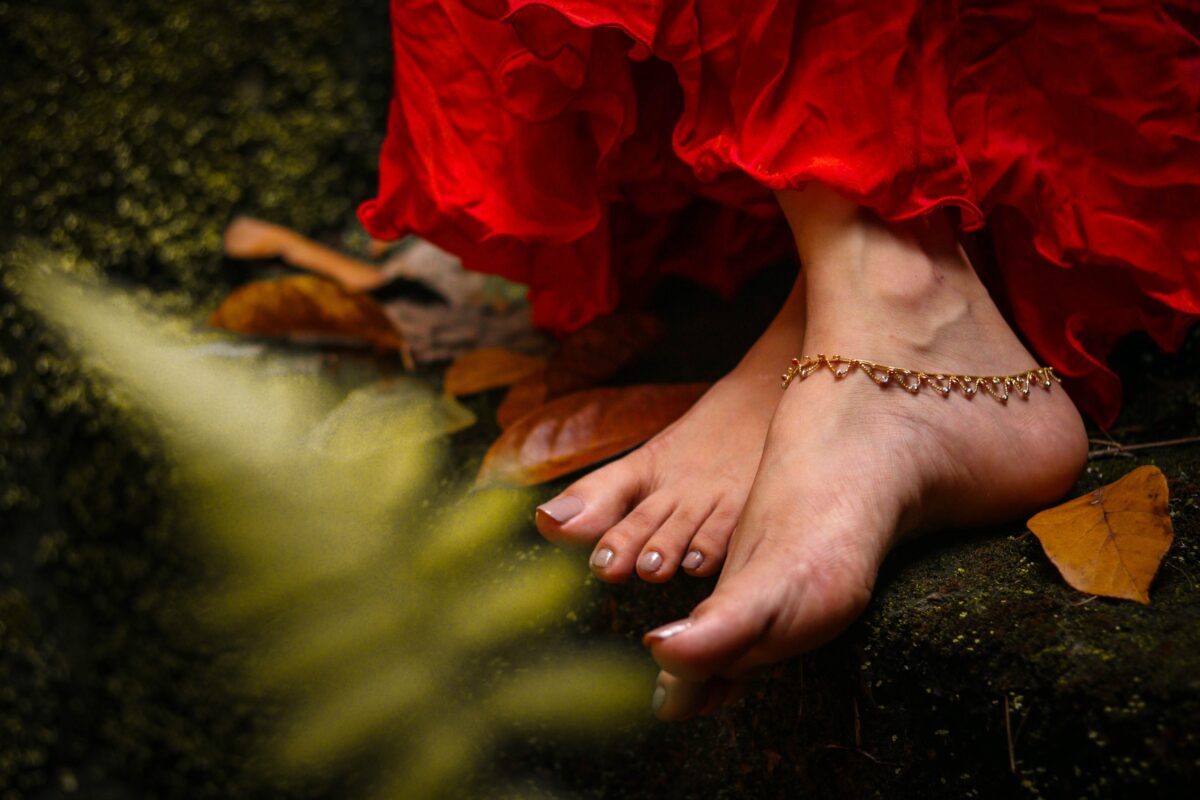Women Accessories
Ethnic Anklets: From Traditional Adornments to Modern Fashion Statements
In the world of fashion and accessories, there is an endless array of options to choose from. One accessory that has stood the test of time and continues to captivate fashion enthusiasts is the ethnic anklet. Worn around the ankle, these delicate ornaments are not only aesthetically pleasing but also hold deep cultural significance.
Anklets doesn’t have a particular symbology in the West other than its status as an elegant piece of gems, it’s a significant symbol in Asia specially in India and Pakistan. In these regions anklets have social and spiritual importance. Anklets are a necessary piece of ladies’ enhancement in Pakistani and Indian culture.

Anklets have many names like Indian Payal, Pazeb in Pakistan, Jhanjhar in Rajasthan, Nupur in Bengali. The most basic meaning of them is that are metallic strings worn by ladies and young ladies around the anklet. However, they have additionally been found in other old societies of Egypt and the Center East.
Payals are viewed as conventional, and a favorable gift for the newly wed bride. Intensely cut payals, or payals adorned with flawless meenakari (shading and ornamenting the outer layer of metals ), are a record-breaking most loved gift for the recently married woman. Frequently, the new lady of the hour reports her appearance in her significant other’s home with the tinkling sound of these anklets. At times the lady of the hour will try and put a ring on her center toe with an interfacing piece.
Anklets and Their Importance in Indian and Pakistani Custom
Anklets are accessible in various designs and styles. The customary ones frequently accompany meenakari work to make them look more alluring and bright. They additionally have pearls, globules, little stones of different varieties alongside little ring.
Medical advantages of Wearing Silver Anklets
Human bodies are known to create of energy and the greater part of the energy is accepted to be transmitted from the furthest points, that are our hands and feet. Likewise, silver is known to be a profoundly receptive metal, consequently enlivening the most common way of outing everything the negative energies from a lady’s body is accepted. The silver in the adornment is likewise accepted to help the safe framework and richness in ladies.
Anklets in Modern Era

In recent years, ethnic anklets have gained popularity beyond their cultural origins. Designers and fashion enthusiasts have incorporated anklets into contemporary styles, combining traditional elements with modern aesthetics. Today, you can find anklets made from a wide range of materials, including silver, gold, beads, fabric, and even recycled materials, offering a plethora of choices for fashion-forward individuals.
Anklets have various styles, from simple to delicate to ethnic style. They look awesome with traditional clothes like sarees and salwar suits as well as with western styles like skirts, and shorts
Wearing Ethnic Anklets: There are numerous ways to incorporate ethnic anklets into your personal style. Pair them with traditional ethnic attire to embrace the cultural heritage they represent, or use them as statement pieces to add a touch of uniqueness to your everyday outfits. Ethnic anklets can be worn with both casual and formal ensembles, making them versatile accessories that complement a variety of looks.
Anklets are not just pieces of jewelry; they are a celebration of cultural heritage, traditions, and individual style. Whether you are drawn to the melodious sound of Indian ghungru anklets or the intricate designs of Middle Eastern anklets, these adornments serve as a reminder of the rich diversity of our world. So, the next time you adorn your ankle with an ethnic anklet, appreciate the beauty it brings and the stories it tells.


